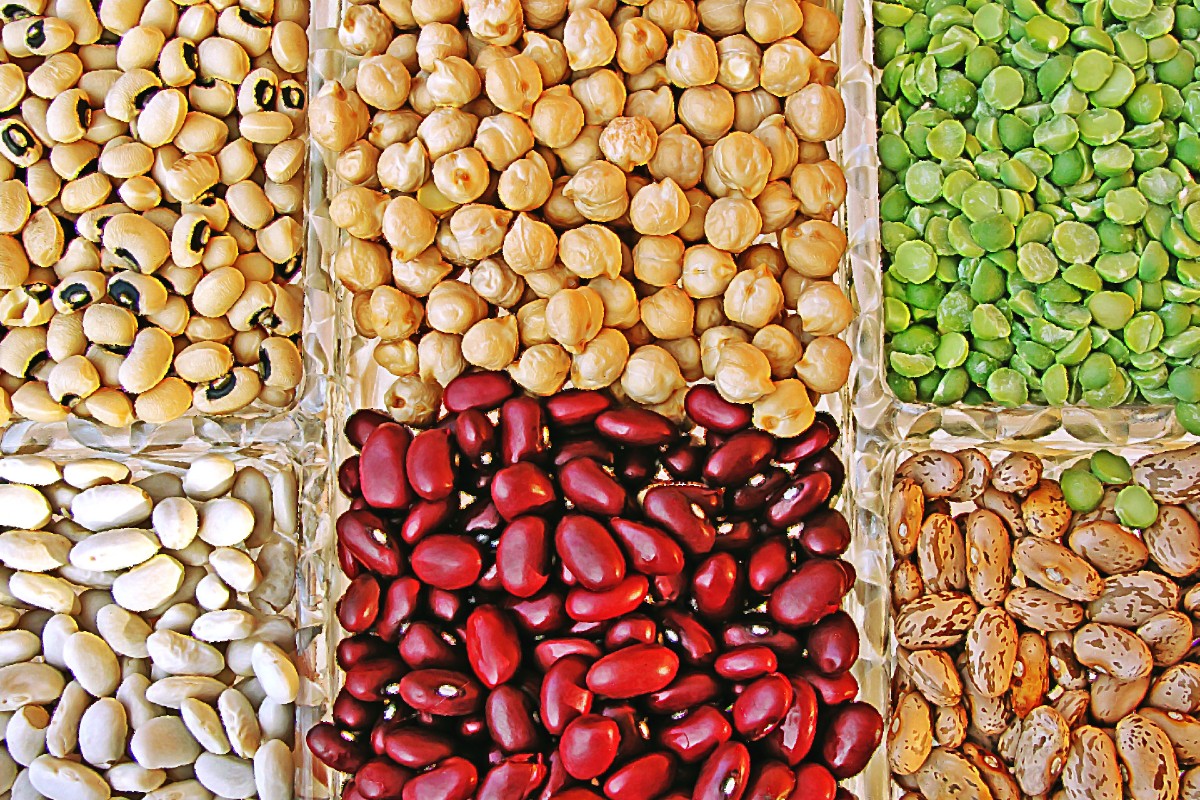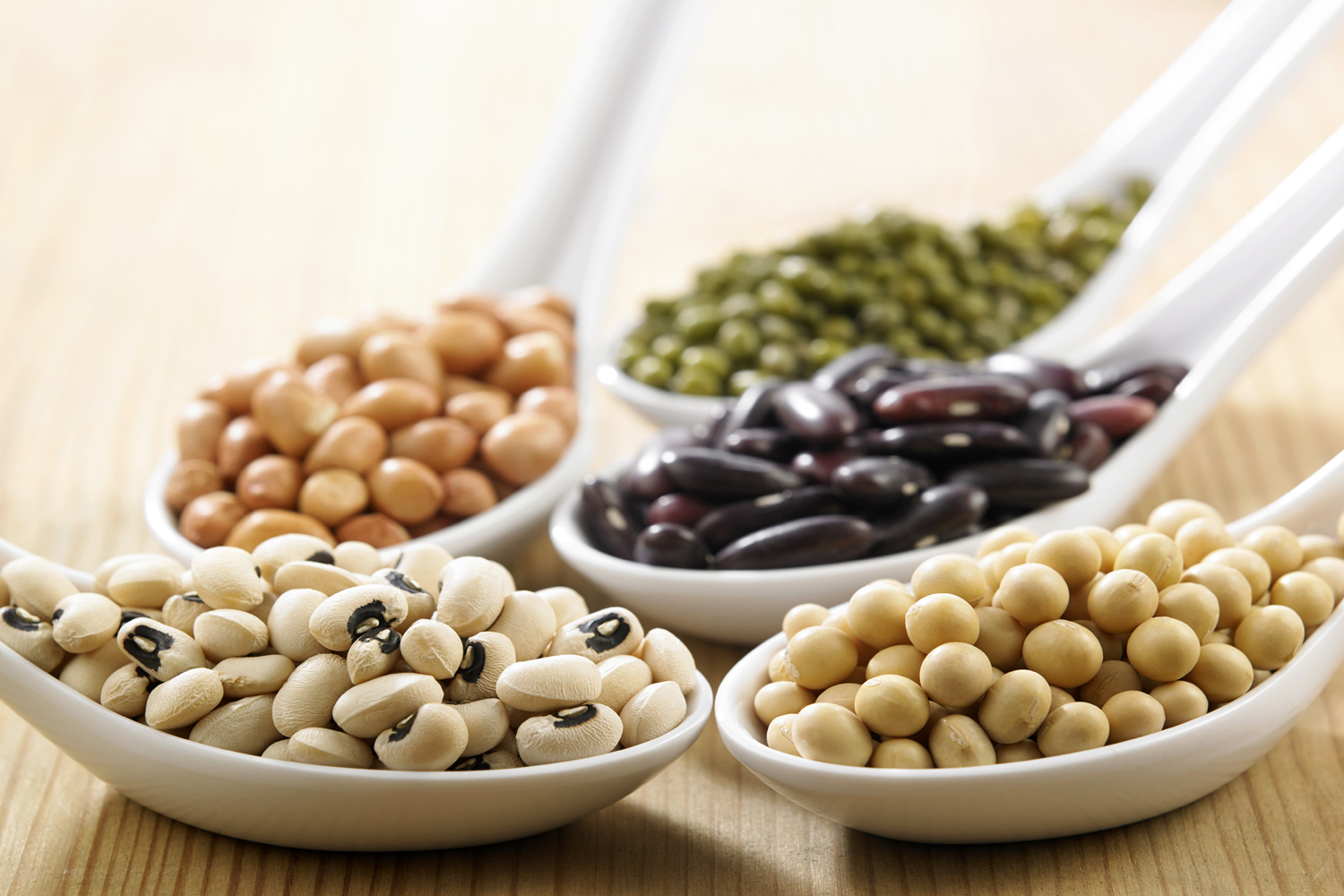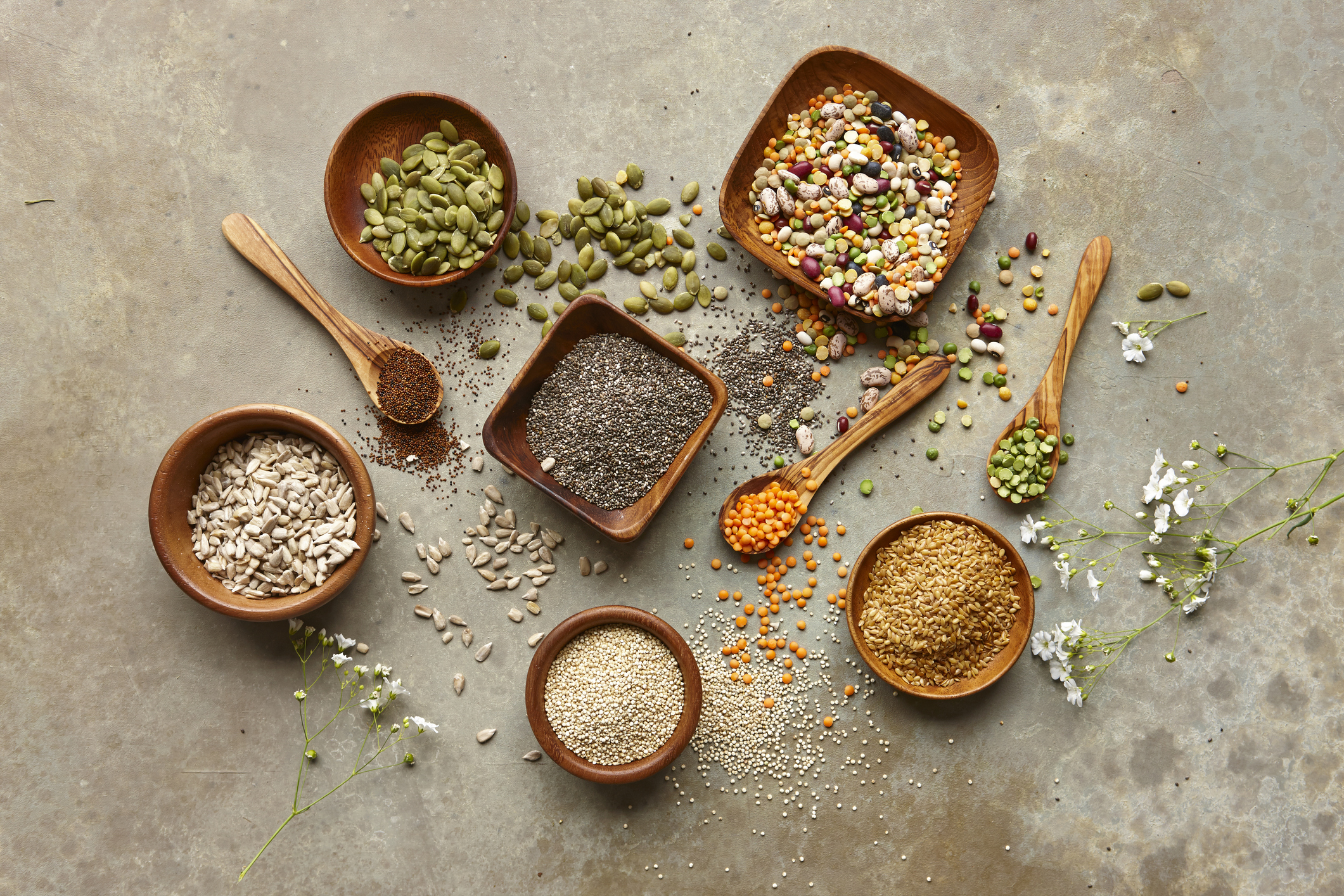As the UN continues to negotiate with Russia over grain exports (per Reuters), food inflation continues to take bigger bites out of budgets and threaten the food security of impoverished nations. Two questions that arise in response to inflationary food prices include: Why is grain so important to feeding humans, and what alternatives might exist to best feed humanity? We’ll find the answers in the most sustainable foods to produce, distribute, and consume: Veggies and grains.
According to a Food and Agriculture Organization (FAO) of the United Nations report, “The meat industry has a marked impact on a general global scale on water, soils, extinction of plants and animals, and consumption of natural resources, and it has a strong impact on global warming.” This is not necessarily a call for everybody to embrace vegetarian or vegan diets. Just being aware of where our food comes from makes a marked difference in what we eat (per the FAO).

We find this right here in the United States, where more conscientious eating has grown from a niche fad, to a food trend, to a full-on aspect of our culture. A 2021 Sprouts Farmer’s Market survey found that to be especially true of the Gen Z and Millennial crowds. More than half of respondents aged 24 to 39 self-identified as flexitarian. This was also reflective of the larger population, as Sprouts found that close to one in every two U.S. consumers eats more plant- than meat-based meals.
While the trend towards more considerate diets is a positive development for individuals and our society, not all vegetarian and flexitarian foods are made the same. Let’s grab a grocery cart and take a stroll through some of the best agricultural products for people and the planet.
Legumes (peas, beans, and lentils)
Per Harvard University, a legume is an edible pod plant covered by a protective shell. Peas, peanuts, lentils, and beans all feature a pulse at the middle — the edible part that people usually eat.
Legumes can make tasty additions to salads, potatoes, pastas, stir fries, and more. They’re also an important ingredient in plant-based meats, alternatives manufactured to mimic meat flavors and feel.

Not only are legumes a home run for the body, but for the Earth as well. First off, peas are packed with protein and provide a sensible alternative to meat. Per the nonprofit Food Revolution Network, peas are good for muscles and organs. Packed with protein and critical amino acids, peas are one of the best muscle-building vegetables. They’re full of plant-derived nutrients like vitamins A, B, and C and help boost immunity, eyesight, and energy.
The Mayo Clinic tells us that beans (in their legume forms) are also low-fat protein monsters that pack in potassium, iron, folate, and magnesium. As we all know, beans are high in insoluble fiber, which aids digestion and gas production. Beans can even serve as main meal courses, offering a filling as rich as meat, sans the fat.
England’s University of Sheffield explains how legumes, such as peas, are a natural fertilizer that converts nitrogen in the air into critical nitrates that encourage fecund soil. The plant’s growth is efficient as well. Peas only require 34% of the water needed to raise British pork and 17% of the water to raise cattle for beef, Sheffield asserts.
Lentils, another legume, carry the same nutritional punch as peas and beans, and could be the most planet-friendly protein. According to the nonprofit Lentils.org (funded by the Saskatchewan Pulse Growers), in addition to producing nitrogen in the soil, lentils serve as important rotational crops, thwarting cyclical disease, insect, and weed infestations. Because lentils do not require irrigation to grow and can be sown without tilling, the crop offers net zero carbon sequestration, retaining more carbon than is required to plant and harvest its pulses.
Though lentils have a powerful claim, soybeans have something to say about what crop is the most planet-powerful legume. At 513,066 grams per acre, soybeans are the highest producer of protein per acre, according to the United States Department of Agriculture. Soybeans get a bad rap, though, because growing the crop for animal feed and biodiesel has a significant impact on deforestation, according to the World Wildlife Fund.
Together, however, these foods also feature an immense unrealized potential, as legumes are not yet a dominant worldwide crop. Per Sheffield, improving inefficient crop yields and growing for humans instead of for animal feed means there is enormous opportunity to improve access to legume proteins for impoverished nations.
Potatoes
Potatoes, which include tubers like the traditional white potatoes we’re used to and root vegetables like yams and sweet potatoes, are starchy vegetables. This is important because, per UC Davis, starches are similar to pastas and rice, supplying carbohydrates that the body digests in glucose for energy. They also help to satiate the body and leaving it feeling full.
Per the FAO, the potato produces more food per unit of water than pasta, rice, or any other major crop. The humble vegetable yields 5,600 calories of dietary energy per each cubic meter of water compared to 3,860 kcal for corn, 2,300 kcal for wheat, and 2,000 kcal for rice. Potatoes, though not typically known as a protein substitute, produce 150 grams of protein, double that of corn and wheat.
UC Davis adds that potatoes are rich in integral fiber, mineral, and vitamins. The vegetables are high in vitamin C, an important antioxidant that helps protect cells against cancer- and heart-disease-causing free radicals. Potatoes are also packed with potassium, an electrolyte that helps heart, muscle, and nervous system function. The fiber in potato skins also promotes proper digestion.

Edible seeds
When measuring nutritional value, nuts and seeds are often placed in the same bag, but they are not created equal. While nuts are excellent alternative protein sources to meat and produce annual crops without soil tilling, they’re also a water-intensive crop grown in drought-ridden California. The area is responsible for 82% of the world’s almonds, 98% of the country’s pistachios, and 99% of the U.S. walnut supply — the market’s three most water-intensive nut crops, per the 88 Acres blog.
In contrast to nuts, a Dutch study revealed that growing pumpkins, squash, and watermelons requires anywhere between 20 to 90 times less water to grow. The beauty of these gourds is that people can consume the flesh and seeds. Peanuts can also be included in this group because they use less water by growing in the ground, and they need just a bit more water than sunflower seeds.
In addition to healthy fat, fiber, and protein, seeds (including hemp, chia, flax, sesame, sunflower, and pumpkin) are loaded with antioxidants and minerals like iron, magnesium, potassium, and phosphorus.
A conscientious choice
While this list is far from comprehensive, it’s a great place to start when considering individual diets. What we eat not only has a major effect on our body but on the overall health of people who share this world — and for the fertility of the planet as a whole.





